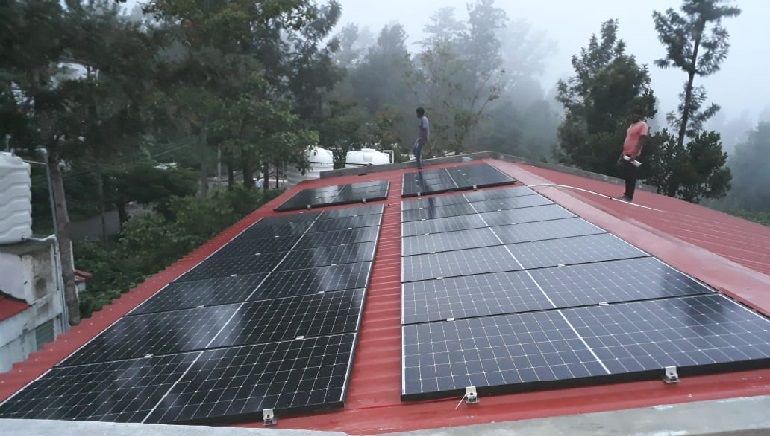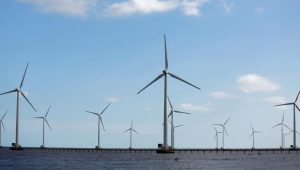The solar energy capacity in India has increased from 28,180 megawatts in March 2019 to 53,996 megawatts at the end of 2021-22, Union Minister of New and Renewable Energy and Power RK Singh informed Parliament earlier this week. The rise is
The cumulative solar energy capacity at the end of 2019-20, 2020-21, and 2021-22 was at 34,627, 40,085, and 53,996 mega watts, respectively. Accordingly, in the past three years, the solar capacity in the country increased by about 91%.
The minister said that the Government has set a target of achieving 500 GW of installed capacity from non-fossil fuels by 2030, in line with the Hon’ble Prime Minister’s announcement at CoP-26.
Earlier this year, India added 1.3 GW of open-access solar capacity in January-June, registering a year-on-year growth of 97%, said research firm Mercom India in its latest report. For the quarter ending June, open-access solar installations saw over a three-fold increase to 680 megawatts (MW), from 210 MW in the second quarter of 2021, the report added.
Solar power through open access is an arrangement where a power producer establishes a solar power plant to supply green energy to consumers. “In H1 2022, India added 1.3 GW of open access solar, a 97% increase compared to 638 MW installed in 1H 2021, the second-highest recorded in the first half of any year,” said the Mercom India Solar Open Access Market Report Q2 2022 report.















